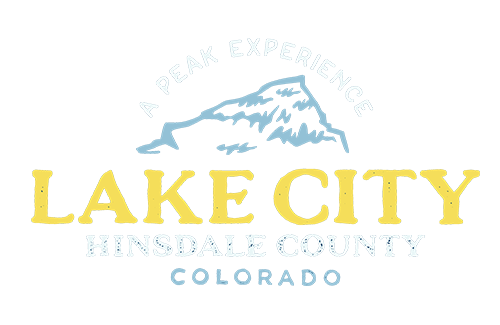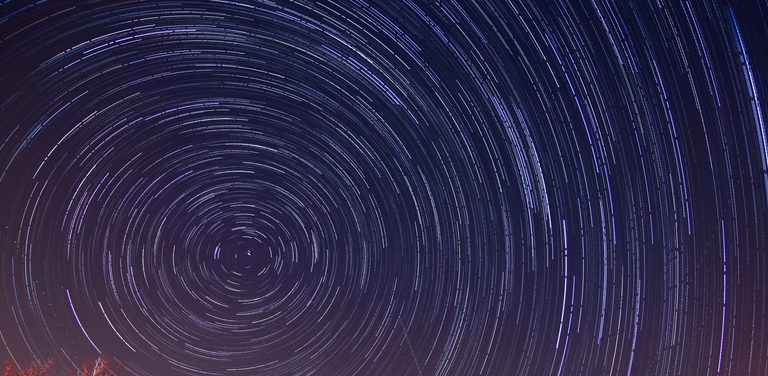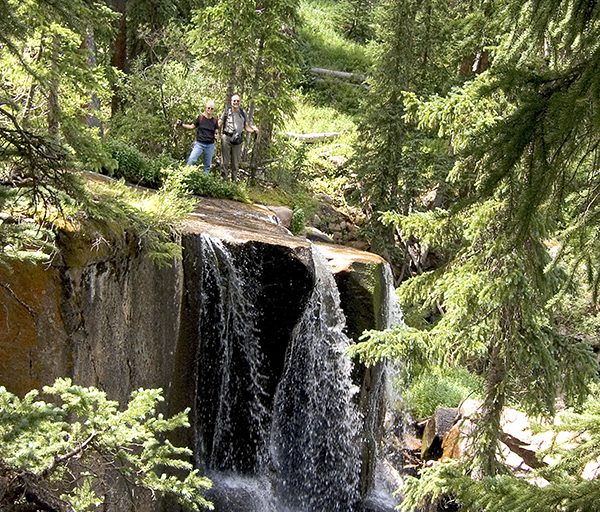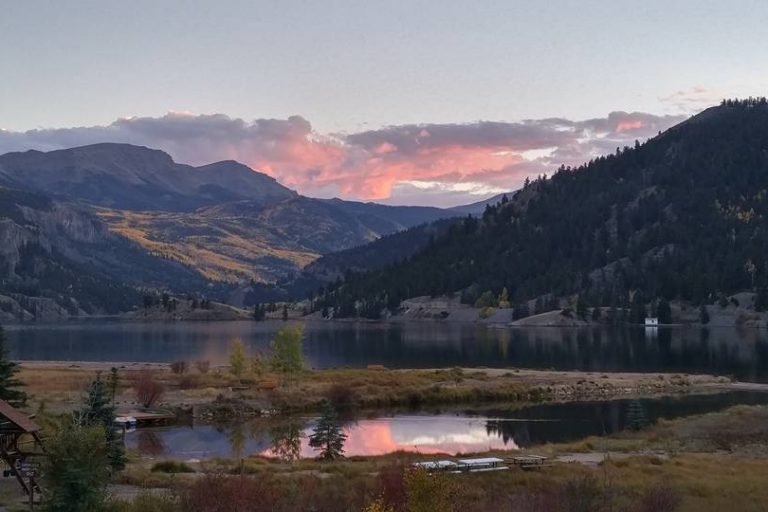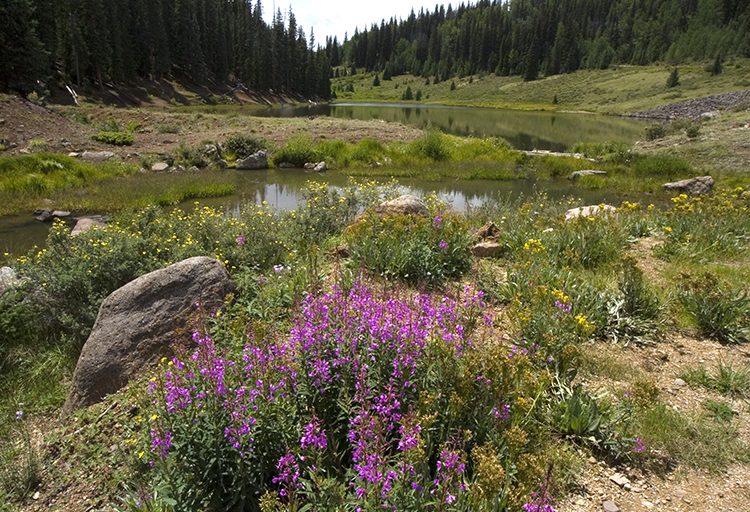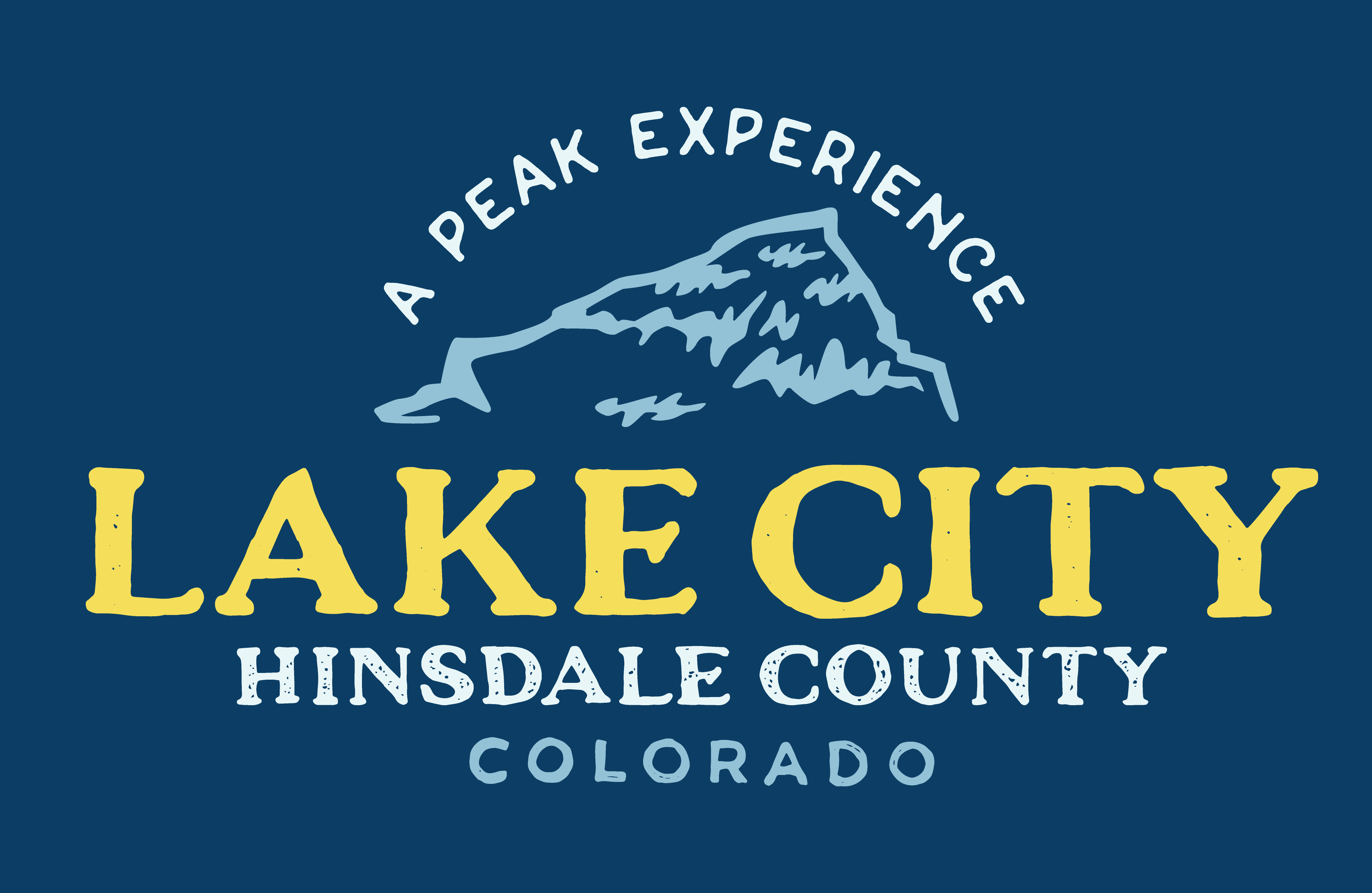Slumgullion Center: An International Dark-Sky Association Designated Park
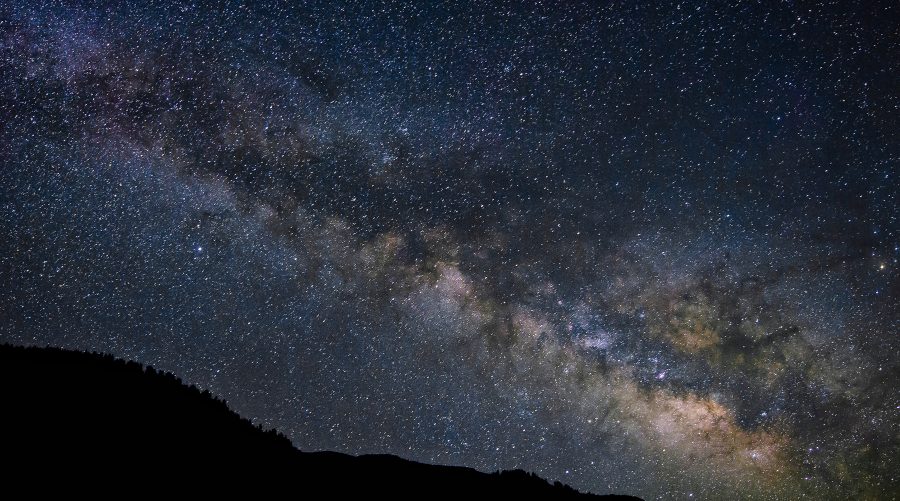
Slumgullion Center: An International Dark-Sky Association Designated Park
Hinsdale County is now home to the newest International Dark Sky Park. The Lake Fork Valley Conservancy’s (LFVC) application to designate the 58-acre Slumgullion Center was approved last week by the International Dark-Sky Association (IDA) Board of Directors in Tucson, Arizona.
“We are blessed in Lake City and Hinsdale County to have extraordinary dark skies for viewing the remarkable wonders of our star-filled universe,” remarked Phillip Virden. “We want to do everything possible to preserve this unique setting for our children, grandchildren, and for all future generations who live and visit here.”
The IDA founded the International Dark Sky Places (IDSP) Program in 2001 to encourage communities, parks, and protected areas around the world to preserve and protect dark sites through responsible lighting policies and public education. The IDSP offers five types of designations:
- International Dark-Sky Parks are the most common type of designation, which are publicly- or privately-owned spaces protected for natural conservation that implement good outdoor lighting and provide dark sky programs for visitors. Globally there are 84 designated sites. In Colorado, Dinosaur National Monument, Black Canyon of the Gunnison National Park, and Great Sand Dunes National Park and Preserve are IDA designated parks. The Slumgullion Center is now added to the Park family and is only the second private property to be designated.
- International Dark-Sky Communities are legally organized cities and towns that adopt quality outdoor lighting ordinances and undertake efforts to educate residents about the importance of dark skies. There are 29 such designations globally, with three located in Colorado: Norwood, Ridgway, and Westcliffe-Silver Cliff.
- International Dark-Sky Reserves consist of a dark “core” zone surrounded by a populated periphery where policy controls are enacted to protect the darkness of the core. Globally, there are only 16 Reserves, none in Colorado.
- International Dark-Sky Sanctuaries are the most remote (and often darkest) places in the world whose conservation state is most fragile. Globally, only 13 such designations exist.
- Urban Night Sky Places are sites near or surrounded by large urban environs whose planning and design actively promote an authentic nighttime experience in the midst of significant artificial light at night, and that otherwise do not qualify for designation within any other International Dark-Sky Places category. There is currently only one designation under this category, near Albuquerque, NM.
Currently, the Slumgullion Center Dark Sky Park is undeveloped with no lighting. All future development will meet the standards set by the IDA to prevent light pollution. LFVC is planning
to coordinate small group stargazing sessions at the Center starting next summer. Additionally, astronomy program plans are in the works up on Slumgullion Pass and in town utilizing the Lake City Community School’s portable planetarium (which was donated to the school by the University of Colorado).
LFVC and the Town of Lake City are part of a regional partnership with several Colorado organizations and communities who are promoting dark sky awareness in the state, such as the Great Sand Dunes National Park, Black Canyon Astronomical Society, the Denver Museum of Nature and Science, Colorado Tourism Office, Colorado Stargazing, the Gunnison Observatory, and the towns of Creede, Crestone, Westcliffe, Silver Cliff, La Veta, Cuchara, Ridgway, Norwood, and Naturita.
The LFVC is excited to take on this challenge and offer quality programming to the public. To arrange astronomy programs at the Slumgullion Center for next season, please contact the LFVC at 970-944-5382, or email info@lfvc.org. For additional information on the International Dark Sky Places Program, go to the IDA website at https://www.darksky.org/.
